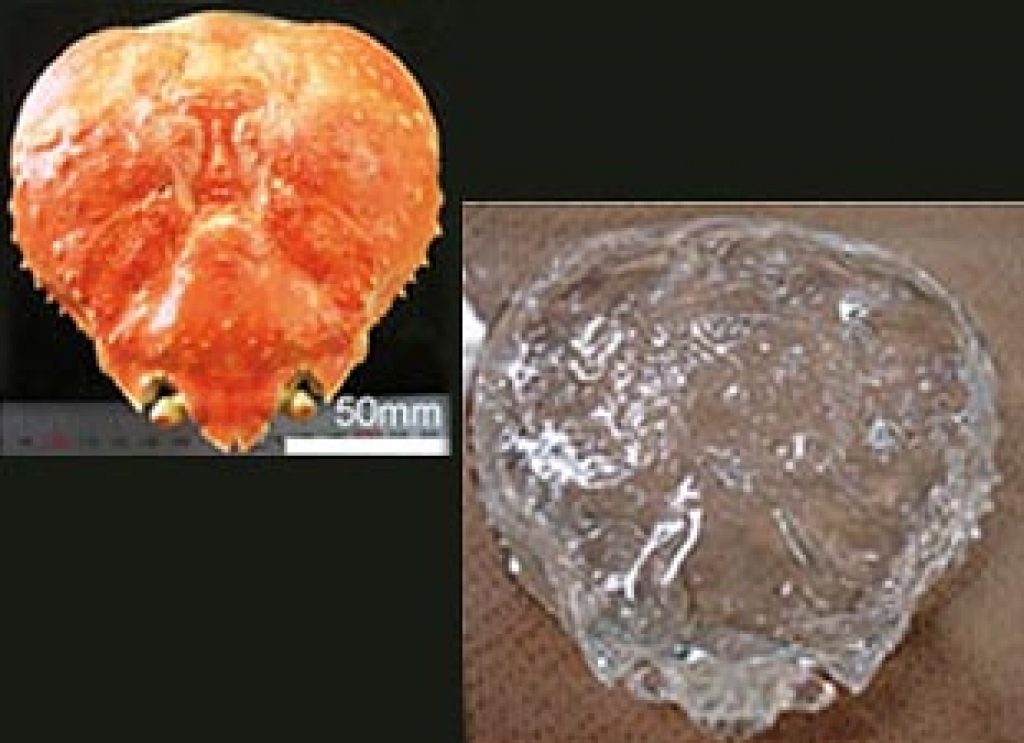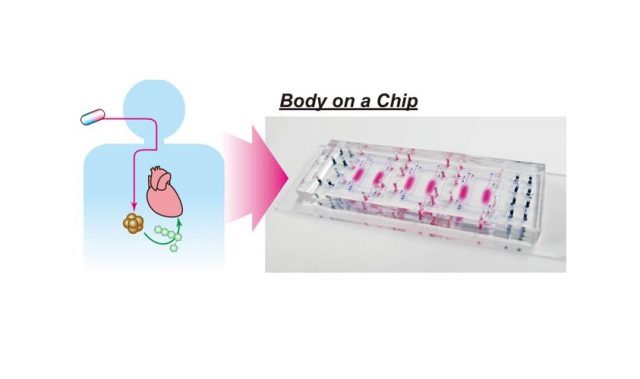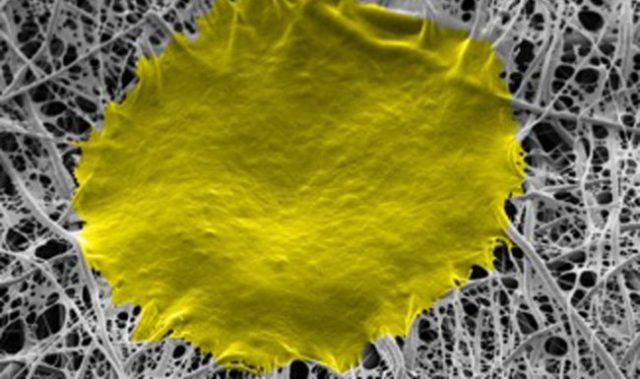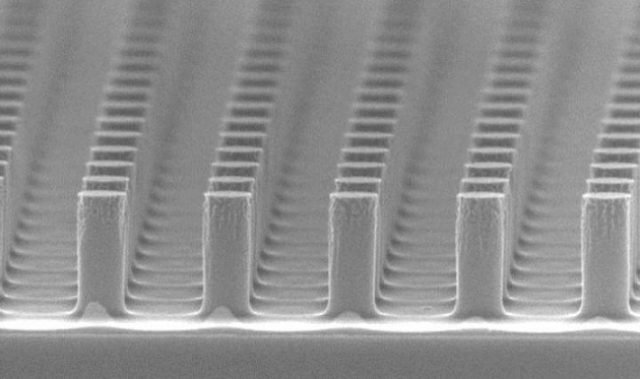
AsianScientist (Dec. 5, 2011) – Researchers in Japan have made a transparent crab shell and used this knowledge to create a transparent nanocomposite sheet.
This is done by incorporating powdered chitin from crab shells to produce nanocomposites that could have applications in devices needing a high light transmittance, such as flat panel displays.
In the past, chitin nanofibers of around 10–20 nm in diameter have been extracted from wood and crab by top down processes and used as nanocomposite reinforcements.
Here, Muhammad Iftekhar Shams and co-workers from Kyoto University treated a whole crab with hydrochloric acid, sodium hydroxide, and ethanol to remove the minerals, proteins, fats, and pigments. This gave a chitin-only crab shell, which they immersed in an acrylic resin monomer. Following polymerization, they obtained an entirely transparent crab shell.
The team also treated crab shell powder in the same way to obtain nanoscale chitin powder particles. They compressed the particles into paper sheets and then impregnated them in the same acrylic monomer as before to give optically transparent nanocomposite sheets.
Using this method, the nanocomposite sheets show virtually no decrease in light transmittance at temperatures of up to 80°C. This is unlike current nanocomposite technologies, such as glass-fiber epoxy composites, that show decreases in transmittance of up to 65 percent as the temperature is increased to 100°C.
Nanostructured composites have the potential to be transparent as long as nano-elements are well dispersed in an optically transparent matrix of suitable refractive index. It is thus important that the liquid monomer is chemically compatible and readily wets the nanoparticles since the porosity is at the nanoscale.
Particles substantially larger than the optical wavelength still formed a transparent material as their composition of nano-elements rendered it to have substantial porosity that enabled matrix resin impregnation.
This research opens a new avenue for application of nanocomposites as reinforcement of optically transparent materials or optoelectronics, and researchers believe that these sheets may be used as substrates in various displays and solar cells.
The article can be found at: Shams MI et al. (2011) The transparent crab: preparation and nanostructural implications for bioinspired optically transparent nanocomposites.
——
Source: Royal Society of Chemistry.
Disclaimer: This article does not necessarily reflect the views of AsianScientist or its staff.












